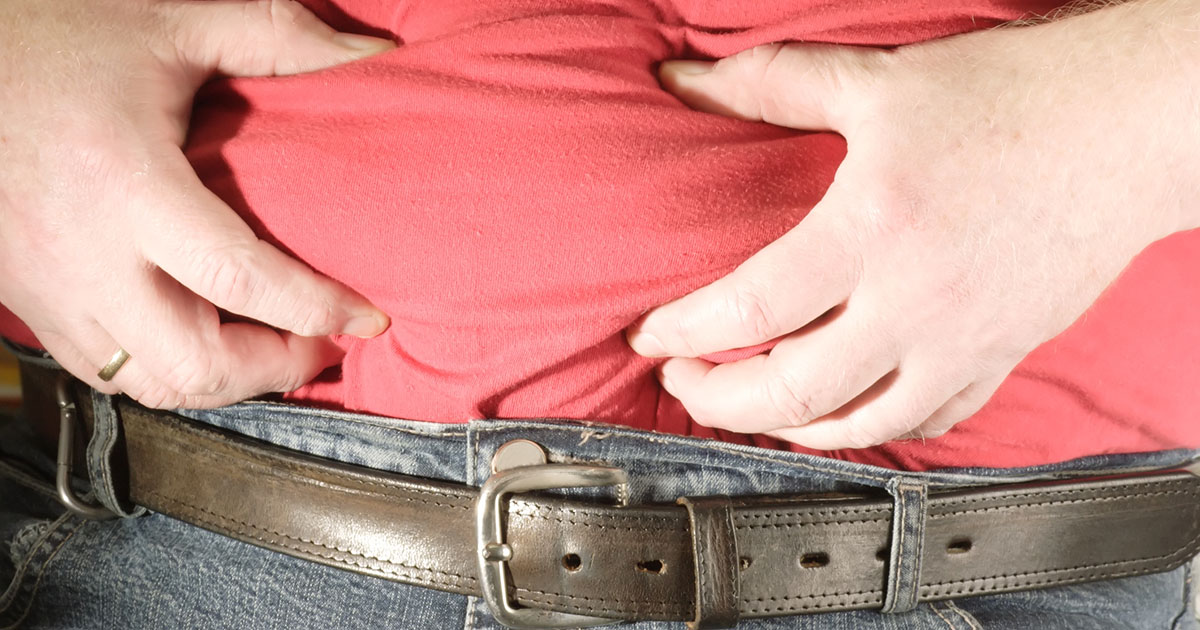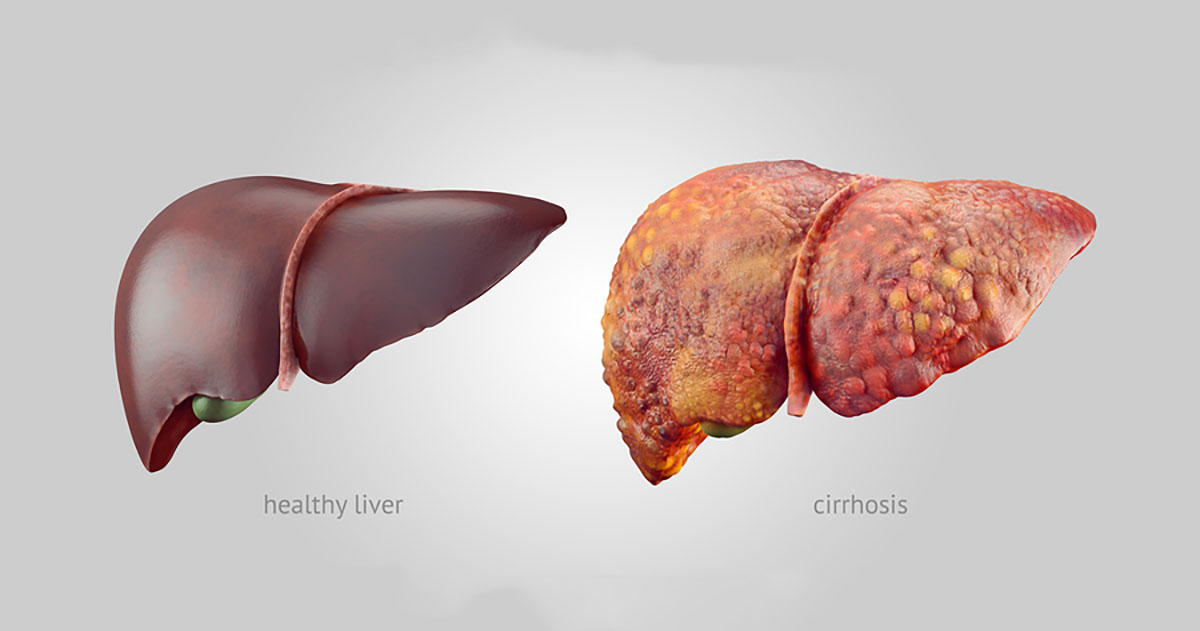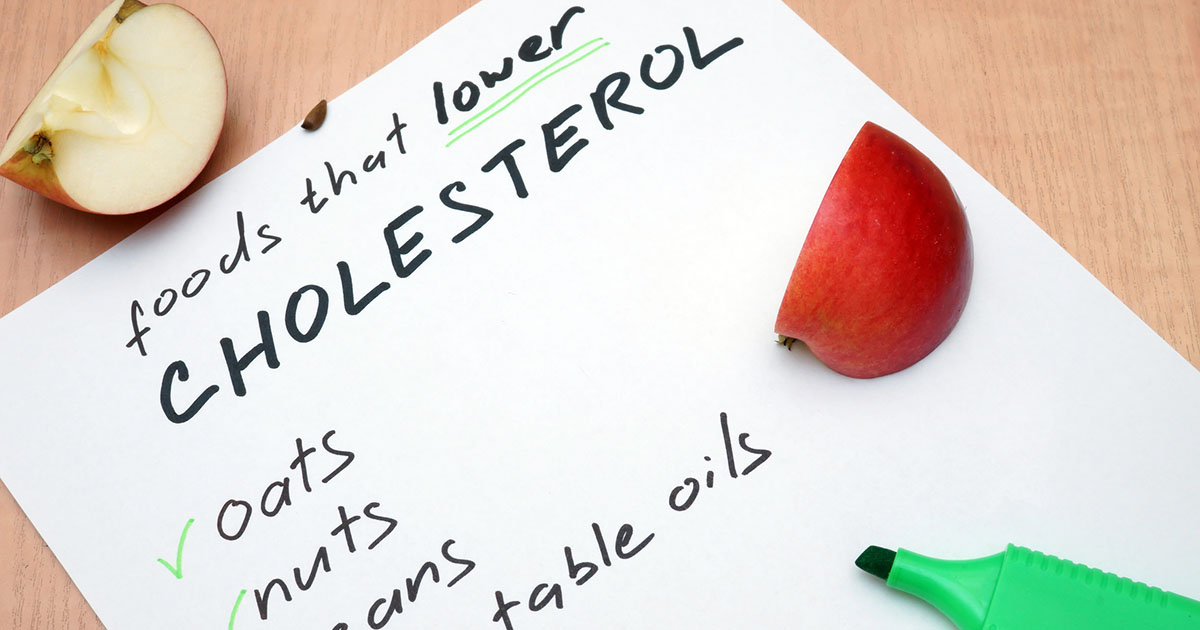The Essential Overview Of Fatty Liver Disease
Having some fat in the liver is normal, but if five to ten percent of the organ's weight is fat, it may be due to fatty liver disease. One of the critical causes of the condition is drinking alcohol, so it is suggested any patient diagnosed with fatty liver disease should cease drinking alcohol immediately. On rare occasions, the fatty liver disease can also be diagnosed during pregnancy and can be risky for both the mother and baby, possibly leading to liver or kidney failure in either of them (or both). There are two different types of fatty liver disease; alcoholic liver disease (ALD) and nonalcoholic fatty liver disease (NAFLD).
Signs And Symptoms Of Fatty Liver Disease

The fatty liver disease often does not show any signs or symptoms in the beginning. In fact, it may take years, even decades before symptoms are apparent. Some symptoms include nausea, loss of weight or appetite, weakness, fatigue, and confusion, poor judgment, or difficulty paying attention. Some other signs and symptoms include a larger liver, pain in the center or upper-right part of the stomach, and darker patches of skin on the neck or under the arms. Symptoms may worsen after drinking heavily. There is a possibility fatty liver disease leads to scarring of the liver, known formally as cirrhosis. If cirrhosis occurs, symptoms such as a buildup of fluid, internal bleeding, jaundice, and liver failure may occur.
Causes And Risk Factors Of Fatty Liver Disease

There is still not enough information to determine why some patients accumulate fat in their livers while others do not. There is also little understanding as to why some cases of the fatty liver disease lead to inflammation and cirrhosis. However, some common causes may better our understanding as to who is at risk of developing the fatty liver disease.
The causes of fatty liver disease include obesity or being overweight, insulin resistance, high blood sugar, and high levels of fats in the blood. The risk factors that increase the risk of developing NAFLD include high cholesterol, high levels of triglycerides in the blood, metabolic syndrome, obesity, polycystic ovary syndrome, sleep apnea, type 2 diabetes, hypothyroidism, and hypopituitarism.
Possible Complications With Fatty Liver Disease

The main complication regarding fatty liver disease is cirrhosis, which is scarring in the liver. Cirrhosis occurs as a response to injury to the liver, such as inflammation. As the liver tries to cope with inflammation, it scars the tissue. Cirrhosis can lead to many other complications and risks if left untreated such as fluid buildup within the abdomen, swelling of veins in the esophagus that can potentially rupture and bleed, confusion, drowsiness, slurred speech, liver cancer, and end-stage liver failure. Approximately twenty percent of patients with nonalcoholic steatohepatitis will progress to cirrhosis.
Prevention Of Fatty Liver Disease

There are a few natural ways to prevent and reduce the risk of nonalcoholic fatty liver disease. The first step to preventing NAFLD is to switch to a healthy plant-based diet rich in fruits, vegetables, whole grains and healthy fats. Healthy fats include omega fatty acids, monounsaturated and polyunsaturated fats which can be found in many foods like fruits and nuts. Other ways to prevent NAFLD include maintaining a healthy weight and getting an adequate amount of exercise throughout the week. Start off slow, and continue to push boundaries and reach new goals within an exercise routine.
Diagnosing Fatty Liver Disease

Since symptoms may take years to onset, fatty liver disease is often discovered when doing tests for other reasons. Some methods used to diagnose fatty liver disease include blood tests, ultrasounds, computerized tomography (CT) scans, magnetic resonance imaging (MRI), transient elastography, and magnetic resonance elastography. If all other test results are inconclusive, a liver biopsy may be implemented to remove a sample of liver tissue. The tissue sample is then examined for signs of inflammation and cirrhosis. The liver biopsy may be painful and can have some small risks.
Treatment Of Fatty Liver Disease

Beginning treatment for fatty liver disease begins with weight loss through a combination of changing to a healthier diet and getting more exercise. If suffering from ALD, the consumption of alcohol must cease immediately, and even with NAFLD, alcohol consumption should be limited, if any is consumed at all. An ideal amount of weight to lose is ten percent of total body weight, but improvements will become apparent after losing three to five percent of starting weight. Some other possible treatments include vaccines for hepatitis A and B to prevent further liver damage, and possibly a liver transplant for patients with cirrhosis.
Home Remedies For Fatty Liver Disease

The home remedies for treating and controlling fatty liver disease all rely on healthy changes to overall lifestyle. If overweight or obese, patients should attempt to lose up to ten percent of their weight by reducing caloric intake and increasing their physical activity. Similarly, they may need to change their diet to incorporate more healthy fats. Other home remedies include lowering cholesterol and increasing vitamin E and other antioxidants. However, additional research is necessary to determine the effects of antioxidants. It has also been reported coffee may prevent liver damage, although it studies were inconclusive as to how much coffee is needed to reap the benefits.
